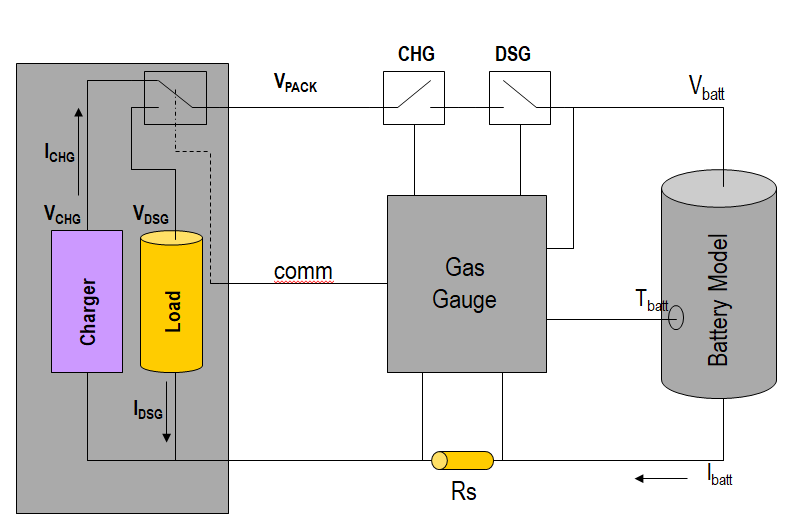Other Parts Discussed in Thread: BQ27Z561-R1, BQ27531-G1
Hi Team,
relating my post about the BQ25601D battery charger IC (LINK) question #3 I kindly request some advice about some solutions able to work together this IC charger or some other better alternative if there are in order to discover in a reliable way when a single LiPo 3.6V batteries bank (10000 mAh) is going to be unusable due to discharging. The goal is detect this situation safetly in order to start a proper safe shutdown for the target system.
We have to design a custom pcb that shall act as to a UPS and also have to proper inform the target system that is time to perform a shutdown because in a few time will occour a power loss and the system have to be halted in order to prevent data corruptions. As charger our first choice was about the BQ25601D because we can control it by microcontroller and then we can integrate this feature directly on our board, now the question is found the best choice in order to implement a reliable gauge monitor for this system. There are plenty of IC gauge and so we kindly require some help to perform the better choice from this point of view regarding the battery cell capacity and the charger IC.
Hope someone can give us some help about this point.
Best regards.
F.




